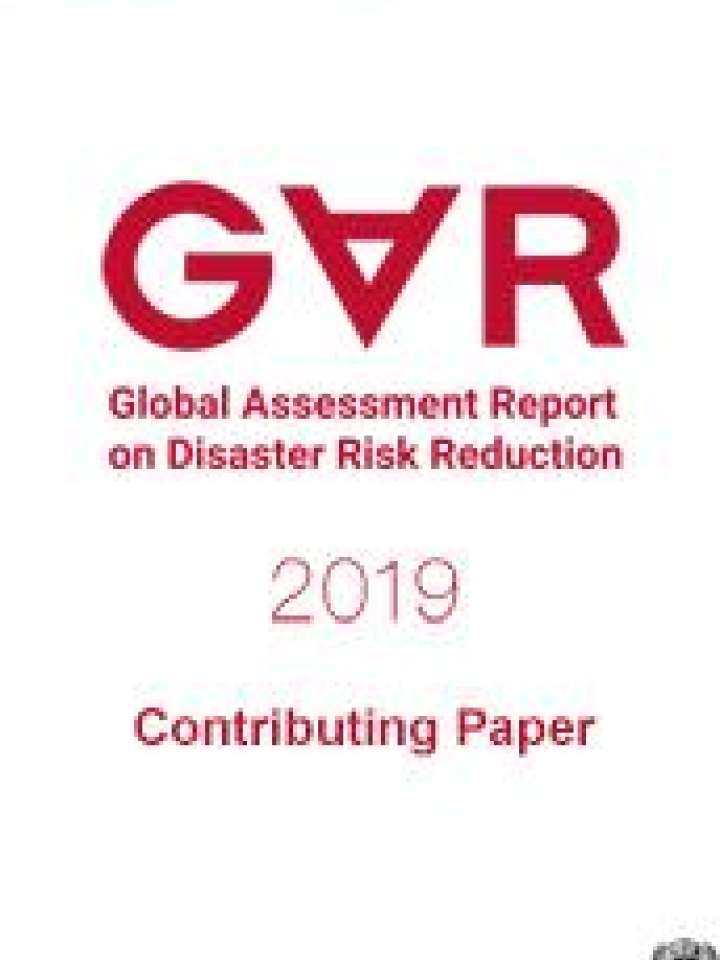Leveraging global and local data sources for flood hazard assessment and mitigation: an application of machine learning to Manila
The objective of this paper is to illustrate how developing countries with limited datasets and capacity can utilize global hazard data to support risk-informed decision-making at the local level. Using urban hydrologic models for flood risk assessment requires the collection of intensive data for model calibration, and even after such an effort leads to considerable uncertainty for spatially specific risk assessment. The case study in this paper examines flooding events in Metro Manila, which routinely experiences the disasters. The authors explore whether relationships between flood occurrence in Manila and remotely-sensed environmental data, such as rainfall amounts and vegetation moisture, could be established using machine learning techniques such as visualization, decision tree, and logistic regression.
The study demonstrated that a model that uses an appropriate rainfall index is better than one that uses only daily rainfall amounts or adds a vegetation index. The best predictive models are found to be: (i) one that uses rainfall type and rainfall amount; (ii) and one that integrates all the information, including rainfall amount, rainfall type and vegetation index. The case study demonstrates that globally available data used with machine learning techniques can be effective for local flood management.
This paper is a contribution to the 2019 edition of the Global Assessment Report on Disaster Risk Reduction (GAR 2019).
To cite this paper:
Author Surname, Forename initial. Title. Contributing Paper to GAR 2019
For multiple authors:
2 - both authors. Surname, Forename initial - separated by 'and'
3 - first two authors and 'et al'. Surname, Forename initial - separated by ','
>3 - first author Surname, Forename initial and 'et al'
